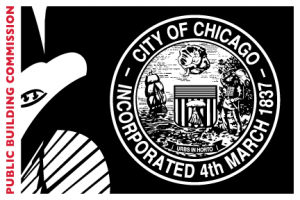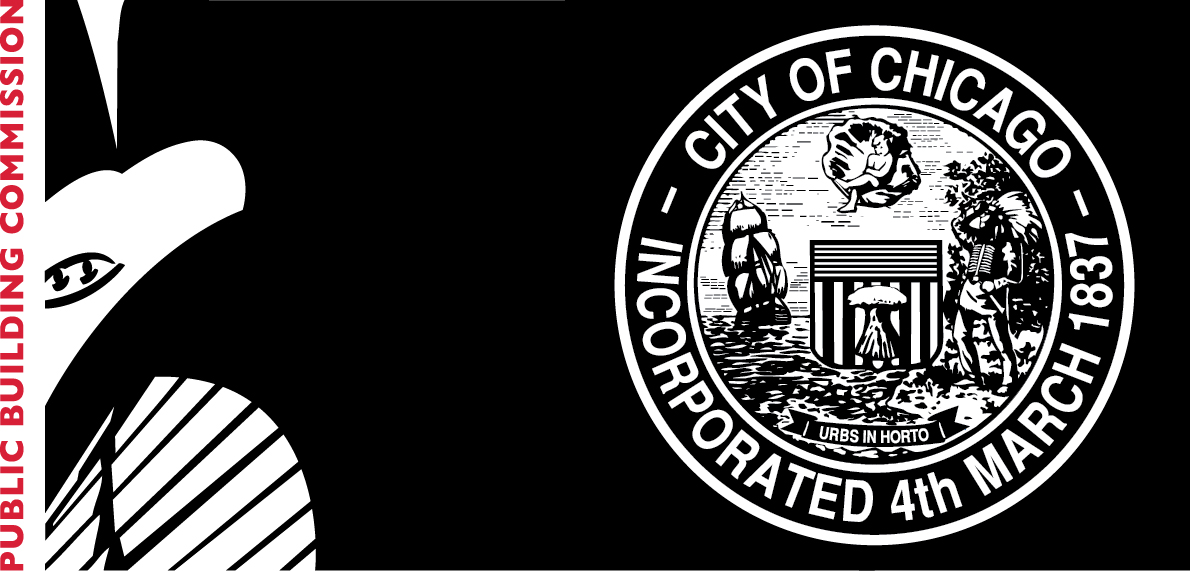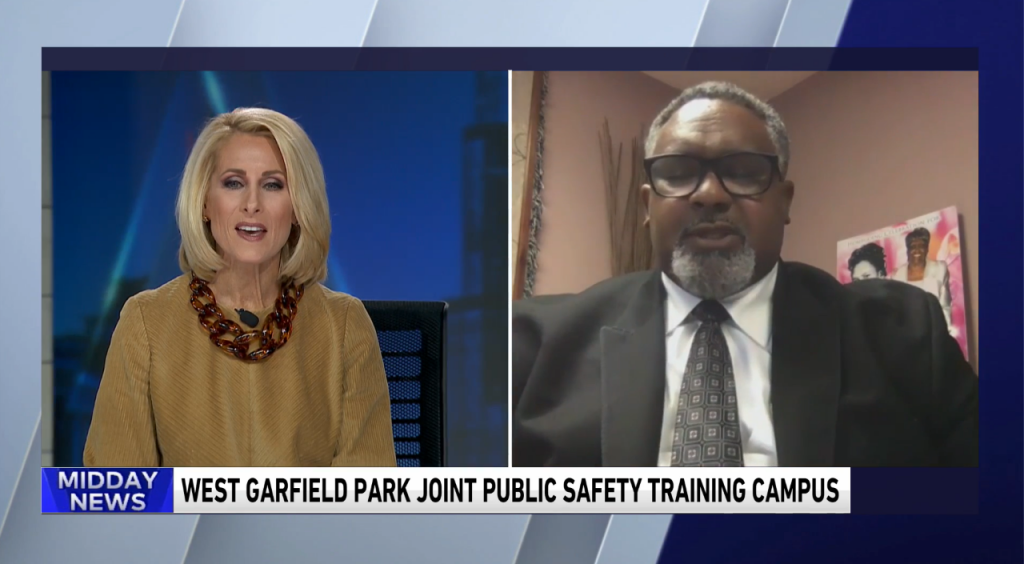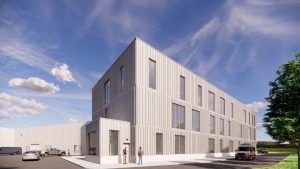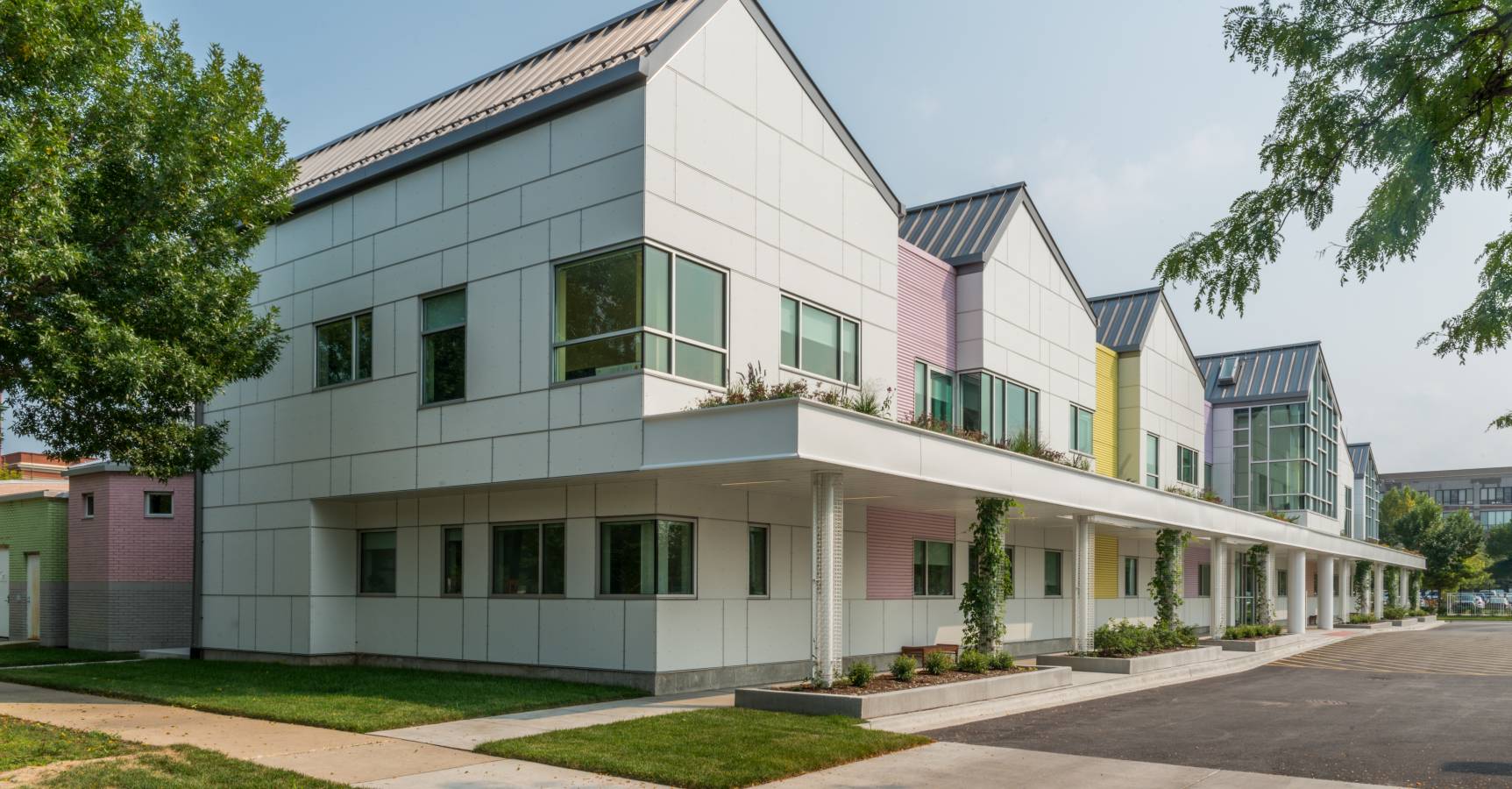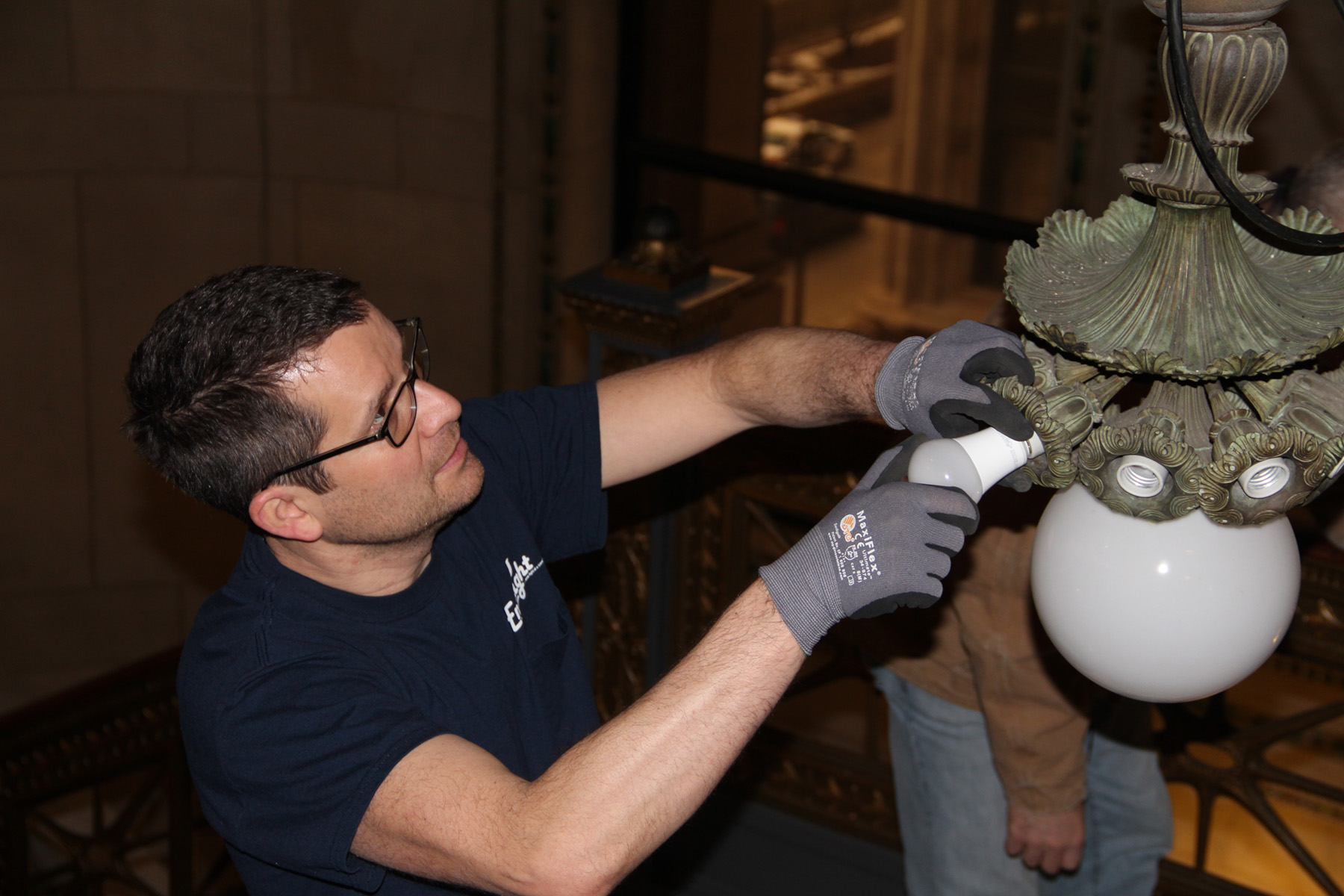
These Projects are part of Capital Improvement Projects being developed on behalf of the City of Chicago’s Department of Transportation (CDOT)
News and Updates
Project, located at W. Medill Avenue from N. Oak Park Avenue to N. Normandy Avenue, being developed on behalf of City of Chicago’s Department of Transportation (CDOT).
Procurement Details
View the Construction Contract procurement details here:
Contract Information
Engineer Of Record: Civiltech Engineering (by CDOT)
General Contractor (GC): Sumit Construction Co. Inc
GC Contract: C1603
Press Releases

